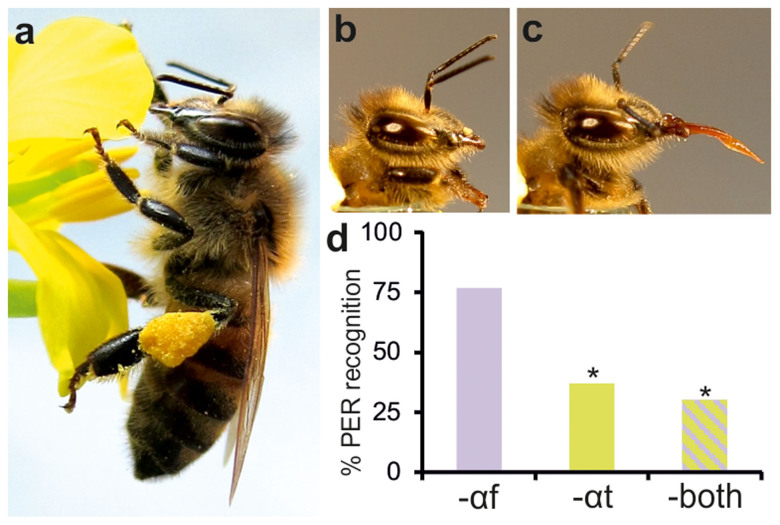Figure 3. Tests of honeybee recognition of synthetic odour blends.
(a), A honeybee worker foraging on an oilseed rape flower (photographs by R Girling, C Reitmayer). (b–c), A honeybee worker (photographs by R Girling, C Reitmayer) restrained for a proboscis extension reflex (PER) assay with proboscis retracted (b) and extended (c). (d), The percentage of forager honeybees which, after learning the full synthetic floral blend, extended their proboscis (indicating recognition) when presented with the synthetic blend minus either α-farnesene (-αf), α-terpinene (-αt) or both chemicals (-both). The data are expressed as the per cent PER recognition of each blend relative to the PER recognition of the full synthetic blend (n ≥ 25), where on average 93% of forager honeybees learnt the full blend. Asterisks indicate a significant reduction in PER recognition of that blend in comparison to the full synthetic blend (P < 0.05).

